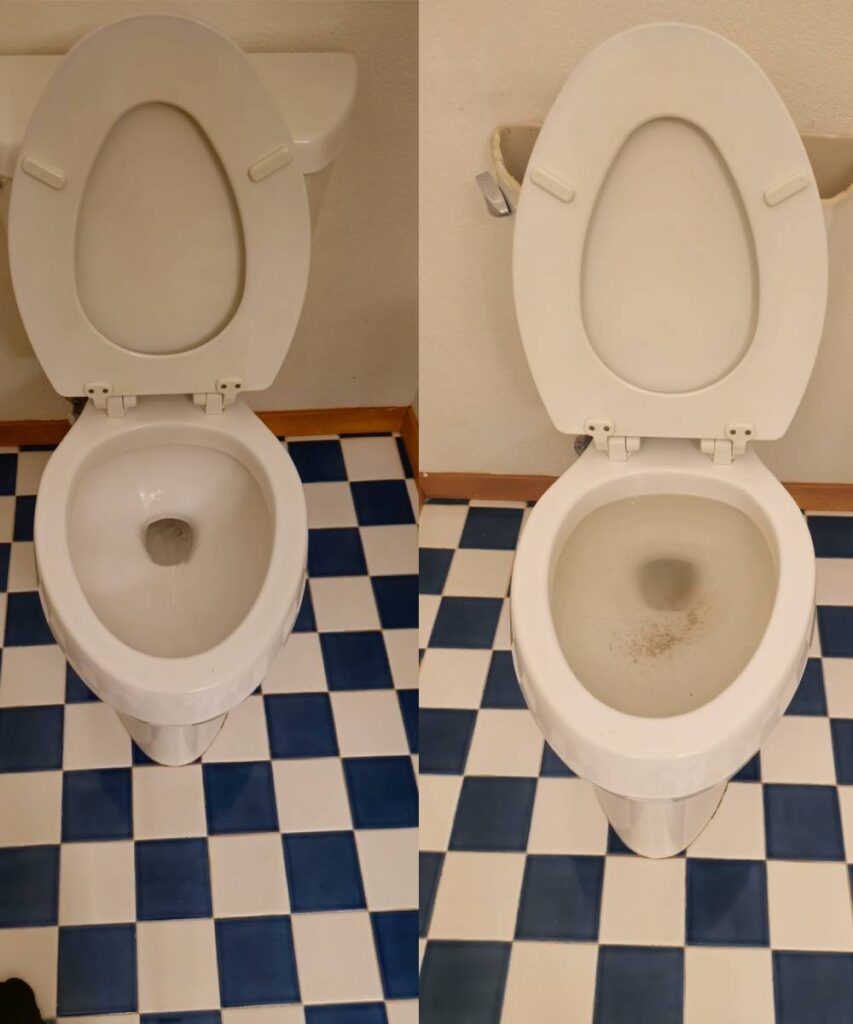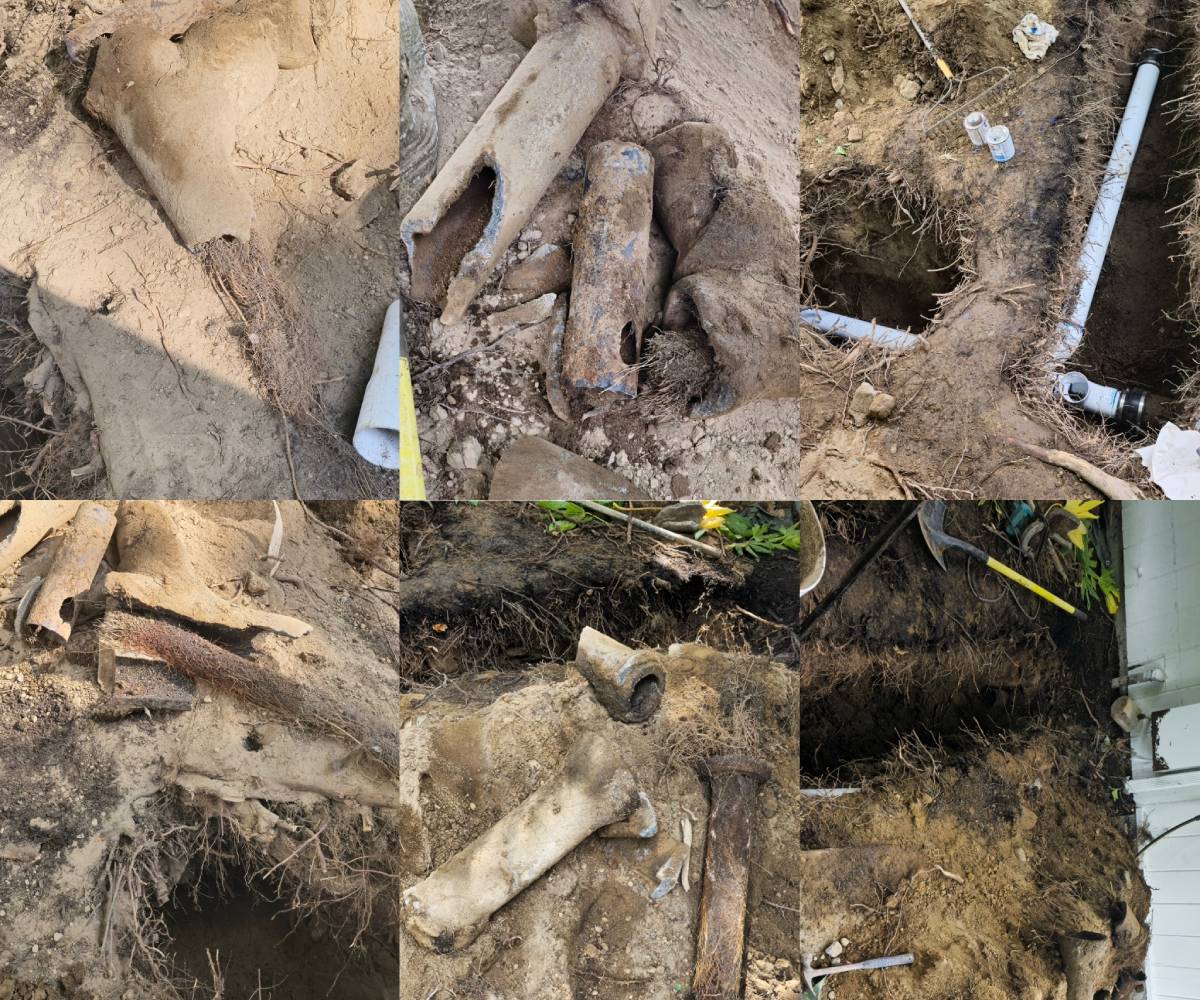Seattle’s rainy climate, aging homes, and cold winters make plumbing emergencies a common headache for homeowners. From burst pipes flooding basements to clogged drains disrupting daily life, these issues can strike unexpectedly. In this guide, KnightRooter shares the most frequent plumbing emergencies in Seattle, how to spot them, and expert tips to prevent or fix them. Need immediate help? Call KnightRooter’s 24/7 emergency plumber Seattle team for fast, reliable service.
The top plumbing emergencies in Seattle homes include burst pipes, clogged drains, sewer line backups, water heater failures, leaky faucets, frozen pipes, and overflowing toilets. Turn off your water supply during emergencies, avoid DIY fixes for major issues, and contact KnightRooter for professional drain cleaning Seattle or sewer line repair Seattle. Preventive steps like insulating pipes and scheduling annual inspections can save you from costly repairs.
Why Seattle Homes Face Unique Plumbing Challenges
Seattle’s wet climate, with over 150 rainy days annually, puts extra strain on drainage systems and foundations. Many homes, built decades ago, have aging pipes prone to corrosion or clogs. Winter freezes, though less frequent, can cause pipes to crack, leading to costly repairs. These factors make plumbing emergencies Seattle more common than in other regions. Understanding these challenges helps homeowners act fast and prevent damage.
Top 7 Plumbing Emergencies in Seattle
1. Burst Pipes
What It Is: A pipe bursts due to high pressure, corrosion, or freezing, causing rapid flooding.
Signs: Sudden water gushing, wet walls, or low water pressure.
Why It’s Common in Seattle: Aging galvanized pipes in older homes and winter freezes increase risks.
What to Do: Turn off the main water supply immediately and call KnightRooter for sewer line replacement Seattle if needed.
Prevention: Insulate exposed pipes and schedule annual inspections to catch weak spots early.
2. Clogged Drains
What It Is: Grease, hair, or debris block kitchen or bathroom drains, slowing or stopping water flow.
Signs: Slow drainage, gurgling sounds, or standing water.
Why It’s Common in Seattle: Heavy rainfall overwhelms drainage systems, and food waste clogs kitchen sinks.
What to Do: Use a plunger for minor clogs; for persistent issues, contact KnightRooter for professional drain cleaning Seattle.
Prevention: Avoid pouring grease down drains and use strainers in sinks.

3. Sewer Line Backups
What It Is: Tree roots, grease, or pipe damage cause sewage to back up into your home.
Signs: Gurgling toilets, foul odors, or water pooling in the basement.
Why It’s Common in Seattle: Seattle’s wet soil encourages tree root intrusion into aging sewer lines.
What to Do: Avoid flushing toilets and call KnightRooter for sewer line repair Seattle using trenchless technology.
Prevention: Schedule regular drain maintenance Seattle and camera inspections.
4. Water Heater Failures
What It Is: Sediment buildup, corrosion, or electrical faults cause leaks or no hot water.
Signs: Cold showers, puddles under the heater, or strange noises.
Why It’s Common in Seattle: Hard water and cold winters strain water heaters.
What to Do: Turn off the heater’s power and water supply; contact KnightRooter for repairs or replacement.
Prevention: Flush the tank annually and consider a tankless water heater for efficiency.
5. Leaky Faucets
What It Is: Worn washers or loose components cause persistent dripping.
Signs: Drip sounds, higher water bills, or mold growth.
Why It’s Common in Seattle: Older fixtures in historic homes wear out faster.
What to Do: Tighten loose parts or replace washers; call a plumber for complex leaks.
Prevention: Upgrade to modern, water-efficient faucets and check for leaks regularly.
6. Frozen Pipes
What It Is: Water in pipes freezes and expands, risking cracks or bursts.
Signs: No water flow, frost on pipes, or unusual noises.
Why It’s Common in Seattle: Sudden cold snaps catch uninsulated pipes off guard.
What to Do: Thaw pipes slowly with a hairdryer; call KnightRooter if pipes crack.
Prevention: Insulate pipes in crawlspaces and maintain indoor heat during winter.
7. Overflowing Toilets
What It Is: Clogs or faulty valves cause toilets to overflow, risking water damage.
Signs: Water rising after flushing or gurgling sounds.
Why It’s Common in Seattle: Heavy flushing of non-flushable items in urban homes.
What to Do: Turn off the toilet’s water valve and use a plunger; call KnightRooter for deep clogs.
Prevention: Avoid flushing wipes or paper towels and educate household members.
How to Respond to a Plumbing Emergency
- Turn Off the Water Supply: Locate your main shut-off valve (usually near the water meter) to stop water flow.
- Shut Off Electricity if Needed: If water is near electrical outlets, turn off power at the breaker.
- Contain the Damage: Use buckets or towels to manage leaks and protect floors.
- Call KnightRooter: Our 24/7 emergency plumber Seattle team responds within the hour, equipped with tools like hydro-jetting and camera inspections.
- Avoid DIY Fixes: Complex issues like sewer backups or burst pipes require professional expertise to prevent further damage.
Preventive Tips to Avoid Plumbing Disasters
- Insulate Pipes: Use foam sleeves to protect pipes from freezing, especially in unheated areas.
- Schedule Annual Inspections: KnightRooter’s camera inspections catch issues early, saving thousands in repairs.
- Maintain Drains: Regular drain maintenance Seattle prevents clogs and backups.
- Install Smart Leak Detectors: Modern devices alert you to leaks before they escalate.
- Upgrade Aging Systems: Replace old galvanized pipes with PEX or copper for durability.
- Manage Rainfall: Ensure proper gutter maintenance and yard drainage to reduce foundation stress.
Why Choose KnightRooter for Emergency Plumbing in Seattle
KnightRooter has served Seattle for years, combining local expertise with cutting-edge solutions like trenchless sewer line replacement Seattle. Our 24/7 availability, transparent pricing, and commitment to customer satisfaction make us the go-to choice for plumbing emergencies Seattle. Whether it’s a midnight burst pipe or a weekend sewer backup, we’re here to help.
FAQ
What qualifies as a plumbing emergency?
Any issue causing rapid water damage, health hazards, or loss of water supply—like burst pipes, sewer backups, or overflowing toilets—requires immediate attention from an emergency plumber Seattle.
How much does emergency plumbing cost in Seattle?
Costs vary based on the issue’s severity and time of service. KnightRooter offers transparent quotes, with after-hours rates slightly higher. Contact us for a free estimate.
Can I fix plumbing emergencies myself?
Minor clogs may respond to plunging, but major issues like sewer backups or frozen pipes require professional tools and expertise to avoid costly damage.
How can I prevent plumbing emergencies in Seattle’s climate?
Insulate pipes, maintain drains, and schedule annual inspections with KnightRooter to catch issues early, especially before winter or heavy rain seasons.
How quickly can KnightRooter respond to an emergency?
Our team typically arrives within an hour, 24/7, across Seattle and surrounding areas, ensuring fast relief for your plumbing emergencies.
For professional and fast drain cleaning Bothell, drain cleaning Seattle, and drain cleaning Bellevue, contact KnightRooter. Our team is ready to provide the best solutions for your drain issues.





No comment yet, add your voice below!